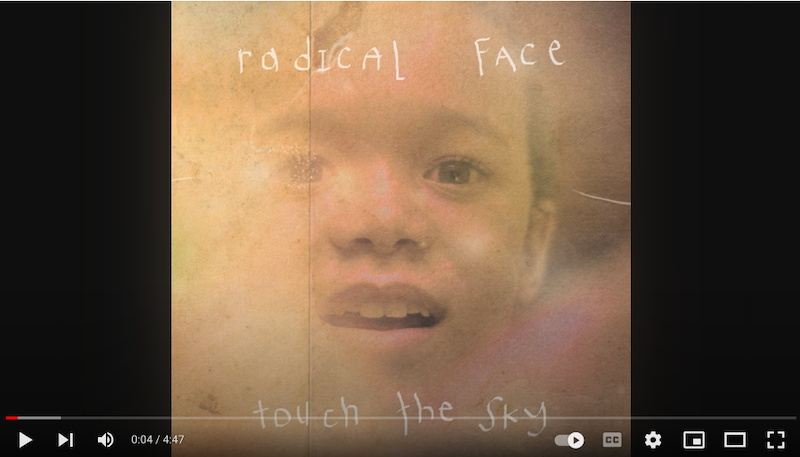 Listen to the song “Welcome Home” by Radical Face.
Listen to the song “Welcome Home” by Radical Face.
The following activities and questions are designed to help your students use their noticing skills to move through the poem and develop their thinking skills so they understand its meaning with confidence, using what they’ve noticed as evidence for their interpretations. Read more about the framework upon which these activities are based.
-
Warm-up: Free write: Who or what makes us who we are? Why? If you feel comfortable, share with a partner or small group. What patterns, if any, did you notice in what was shared? What might that tell us about people?
-
Before Reading the Poem: Listen to the song “Welcome Home” by Radical Face. What words or phrases stand out? Why? How does the song make you feel? Why?
-
Reading the Poem: Silently read the poem “Ongoing” by Jenny Xie. What do you notice? Note any words or phrases that stand out to you, or any questions you might have. Or you might enjoy watching this video of the poet reading the poem.
-
Listening to the Poem: Enlist two volunteers and listen as the poem is read aloud twice. Write down any additional words and phrases that stand out to you.
-
Small Group Discussion: Share what you noticed about the poem with a small group. How does the poem connect to the resources and your discussions from the beginning of class? Why? How might you describe the speaker in the poem? Why?
-
Whole Class Discussion: What enjambment do you see in the poem, and how does it contribute to the poem? What do you make of the last two lines of the poem: “She had trained herself to look for answers at eye level, / but they were lower, they were changing all the time”? Why?
-
Extension for Grades 7-8: Imagine the poem that might come after this one. What might the speaker say? Write the next poem. Share it with your classmates.
- Extension for Grades 9-12: In honor of Asian American & Pacific Islander Heritage Month, read more poems by Asian Americans. In a class celebration and poetry reading, bring one or more poems to read. Participate in three small mini discussions or speed dates in which you share your poem and what you like about it. If you find a poem that you enjoy, swap it for a new poem and repeat the same process.
Teach This Poem was developed for in-person classrooms, but it can be easily adapted for remote learning and hybrid learning models. Please see our list of suggestions for how to adapt this lesson for remote or blended learning.
“I’m no spendthrift, yet I give away my most valued resource freely and with astonishing ease. The squandering begins even before I rise from bed, squinting as I do in the half-dark, my face warmed by the dim lantern of my phone screen. Throughout the day I drain the reservoir in small, frequent bursts—on the subway commute, during meals, as diversion from work, all the way until the release offered by sleep. And draining it is. This kind of scattershot spending empties you.” Read Jenny Xie’s essay, “Restoration in the Attention Economy: On Reading C. D. Wright’s ‘ShallCross.’”
Point of view: the perspective or viewpoint of the speaker in a poem. Read more.
